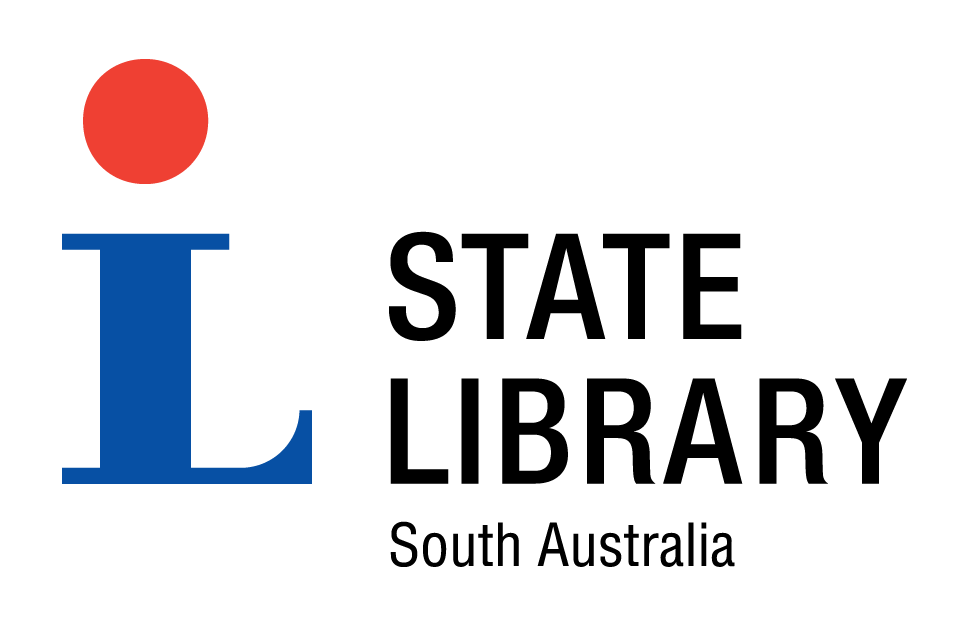
John Verran |
|||
|---|---|---|---|
| Title : | John Verran |

|
|
| Creator : | James Howe & Co., photographer | ||
| Date of creation : | ca. 1900 | ||
| Format : | Photograph | ||
| Dimensions : | 144 x 107 mm | ||
| Contributor : | State Library of South Australia | ||
| Catalogue record | |||
| The State Library of South Australia is keen to find out more about SA Memory items. We encourage you to contact the Library if you have additional information about any of these items. | |||
| Copyright : | Reproduction rights are owned by State Library of South Australia. This image may be printed or saved for research or study. Use for any other purpose requires permission from the State Library of South Australia. To request approval, complete the Permission to publish form. |
| Description : |
The Hon. John Verran was born at Gwennap in Cornwall 1856 and arrived in South Australia with his family the following year. He worked in the mines at Moonta from the age of 10, first as a pickey boy, and became President of the Amalgamated Miners' Association from 1895 to 1913. Elected as a Labor Party member to the House of Assembly for the seat of Wallaroo in June 1901 he became leader of the Party in 1909 and, on the 3rd of June 1910, became Premier and the first person to lead an all Labor government in the state. There had previously been a Labor Premier, Tom Price, but he had governed in coalition with the Liberal Democratic Union. During his term as Premier he was also the Commissioner for Public Works and resources were spent on infrastructure such as railways and harbours. However his government was often obstructed by the conservative Legislative Council and in 1912 he called an election in an attempt to end this frustration. When the Labor Party lost the election to the newly formed Liberal Union, he resigned as Party leader but remained in Parliament. During the conscription debates of 1916 and 1917 he supported the pro-conscription position of Prime Minister Billy Hughes and left the Labor Party to became a member of the Nationalist Party. At the next election, in 1918, he was defeated. Apart from being a staunch trade unionist, Verran was a committed Methodist preacher and temperance campaigner being very active in the early closing referendum of 1915. A respected figure, known as 'Honest John': He had a rich, musical voice, and this, combined with his rugged oratory, his Cornish humour, and his ready wit, enabled him, as he used to say, to 'bring dry bones back to life at a meeting'. Frequently he used the Cornish idiom, for example: 'Those who can't schemey must louster', meaning that those who can't use their brains must do hard manual work. Although such remarks as this were effective in his own electorate, they weren't well understood elsewhere. Oswald Pryor, Australia's Little Cornwall p. 128-9. He died on the 7th of June 1932. His son, John Stanley Verran, was also a Labor Member of the House of Assembly from 1918 to 1927. |
| Subjects | |
| Period : | 1884-1913 |
| Region : | Yorke Peninsula |
| Further reading : | Coxon, Howard, Playford, John and Reid, Robert. Biographical register of the South Australian Parliament 1857-1957. Netley, S. Aust. : Wakefield Press, c1985 Miller, Robert J. The fall of the Verran government 1911-1912 : the most determined attempt to abolish the Legislative Council of South Australia, and its failure, [Honours thesis] 1965 Liberal Union of South Australia. The policy and administration of the Labour government : the people of South Australia versus the Verran Ministry, [Adelaide, 1912] Labor's thirty years' record in South Australia : a short history of the Labor movement in South Australia, including biographical sketches of leading members, 1893-1923, Adelaide : Daily Herald, 1923 Pryor, Oswald. Australia's little Cornwall, Adelaide, [S. Aust.] : Rigby, 1962 |
| Internet links : | A caricature of John Verran by Oswald Pryor can be seen at the SLSA's catalogue here: http://www.catalog.slsa.sa.gov.au/record=b2049758 |


